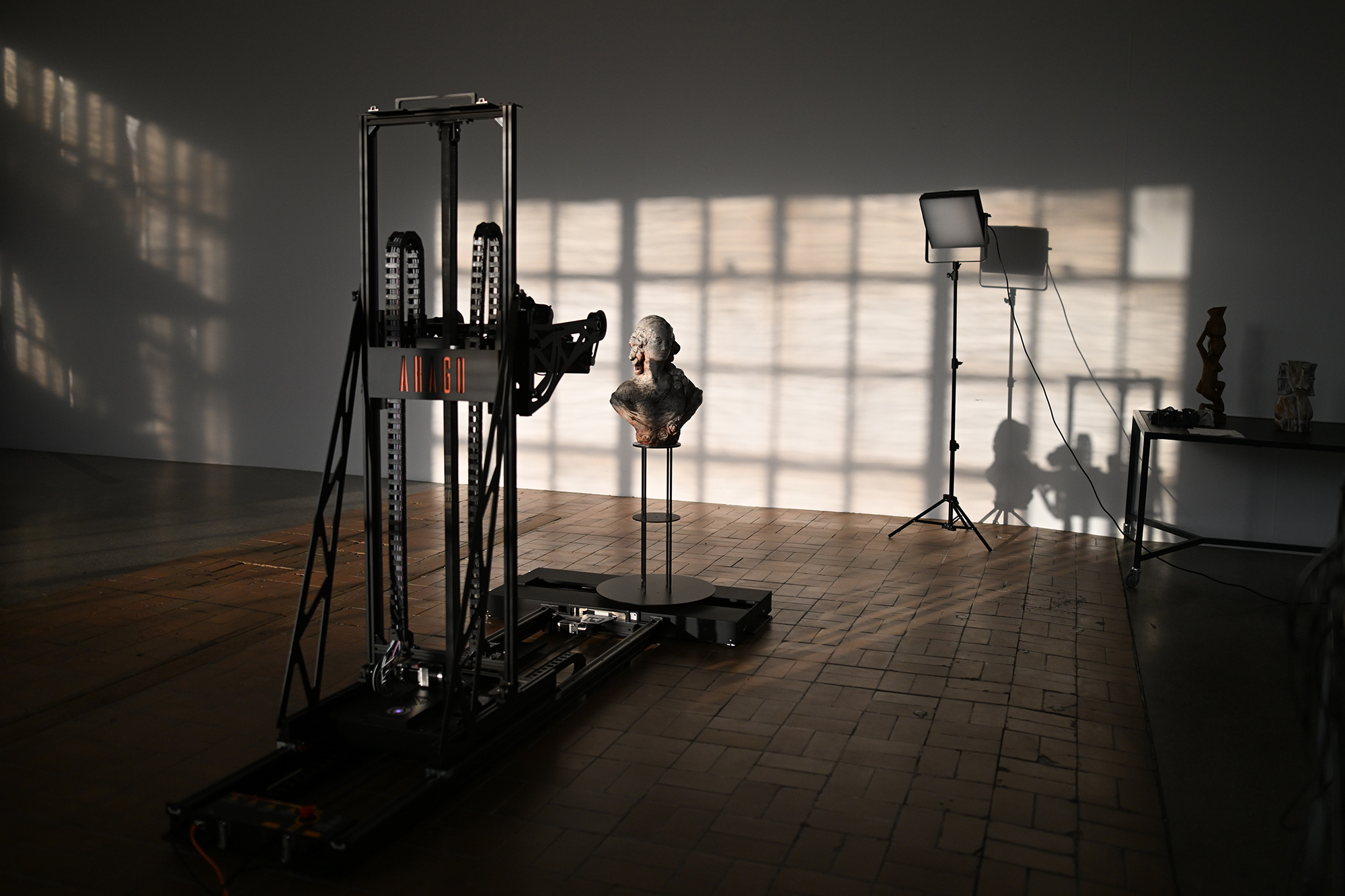3D Object Photogrammetry
For over 40 years Genus has been a trusted supplier of photographic and digitisation supplies and services to the museums, libraries and archives sector. Now, in partnership with digitisation experts, Digitisation.IO, we are able to offer digitisation of objects in 3D!
3D digitisation of objects offer a truly interactive way to make your collections more accessible to audiences, both online and in-gallery and beyond.
3D models allow your visitors to get behind the glass case and to see your precious collections in rich detail. 3D models can be manipulated, turned over and pored over in all their zoomed-in glory with no risk to the original.
3D models can be used in collections browsers, gallery interactives, games and much more! They can even be printed in 3D, opening up the possibility for highly accurate replicas, or accessible replicas for handling sessions in and outside the museum itself for schools sessions and wider public outreach.
Our service uses a method called photogrammetry where we use specialist equipment to take hundreds of photographs of each object from multiple angles.
The photographs are processed by a computer program which analyses and triangulates the object’s features in each image before constructing a model based on the calculations made. The program also uses the detail captured in each photograph to create a mesh and texture over the model to replicate the object’s surface.

Key Benefits of Genus Heritage Consultancy:
Expertly illuminated
Objects of complex shape and glossy, featureless objects can be very difficult to capture precisely. We use LED lights and diffusion panels to soften and flatten the lighting to remove as many reflections as possible so your artifacts look their best.
From a matchbox to a mannequin
A range of objects can be captured with our equipment ranging in size from a match box to a dining chair or a costume on a mannequin.
Conservation-grade care
We also use conservation-grade dulling spray in extreme cases, if the customer permits. These sprays contain cyclododecane, used in conservation to buffer repairs to paper and to support objects temporarily in transit. The spray dulls the surface of shiny objects for a short time, sublimating in a few hours and leaving behind no residue.
We use a sophisticated robot to capture the images in high-resolution. The robot calculates how many photographs are required before moving the camera to each new position to capture the shot. The object is placed on a turntable, which the robot controls precisely to move the object to the right position for the photograph.These images are then combined in software to generate a 3D digital model.
The safety of your objects is a key concern. The robot and turntable move at a speed determined by the operator, so gentle movements ensure that the object is stable and secure during the process. Safe working distances can also be specified by the operator to ensure that the robot cannot get too close to the object and risk its safety.
3D digitisation can either be done at our Warwickshire studio, or the Arago system can be brought to you and your objects can be captured in situ.
Holistic Heritage Approach
Our comprehensive consultancy encompasses every stage of managing cultural heritage, from initial capture to long-term storage, display, and access. Utilising state-of-the-art 2D and 3D high-resolution imaging technologies, we ensure that the finest details of your artefacts are faithfully captured, maintaining their integrity and value.
But our expertise goes beyond just the technical; we provide strategic guidance that covers conservation practices, ideal storage conditions, and digital archiving solutions. This ensures that your collection is preserved, and its value and significance are enhanced, preventing deterioration and preserving cultural treasures for generations.
- Make An Enquiry

